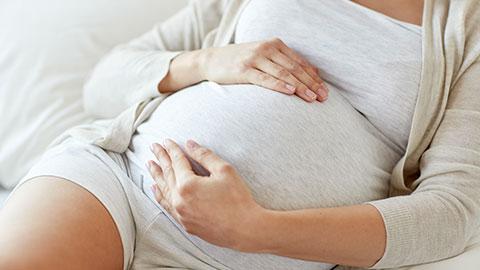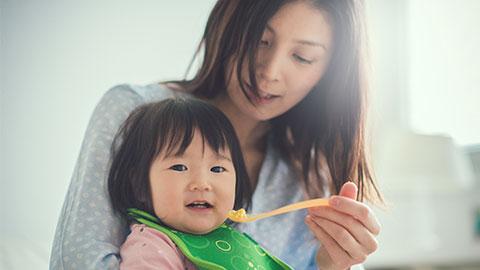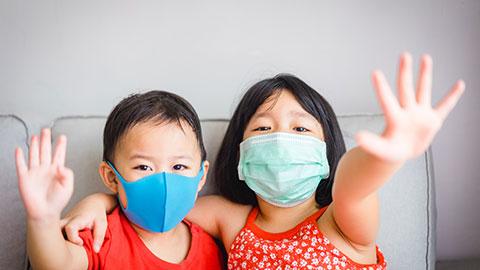
Even as travel restrictions begin to ease and vaccines are on the horizon, the pandemic is far from over. Face masks, hand washing or sanitizing hands, and proper hygiene are still your first line of defense. Now, more than ever, is the time to remain safe -- especially for your children. Together with your little ones, review the 7 steps to wash your hands with our helpful Hand Washing Guide video.
But before that, let’s go through some hand washing basics:
The Importance of Washing Your Hands
For children as well as adults, hand washing helps them to avoid germs, bacteria and sickness.
Children in particular are curious and like to touch, grab and feel everything. These things they touch contain germs from everyone else who have touched them previously. And children run the risk of infection when they touch their eyes, nose and mouth after coming into contact with these germs.
Young children especially may have difficulty remembering not to touch their face or may do so without realising it. Regular reminders can help them develop good hygiene habits.
Hand washing is a simple way to prevent infection. Having children wash their hands for 20 seconds can help reduce their risk of falling sick. Remind children to wash their hands regularly:
- after using the bathroom
- before eating
- after touching pets
- after playing outside
- after coughing, sneezing, or blowing their nose1
Hand Washing During the Pandemic
While proper hand washing is always important and a great way to avoid many infectious diseases, the world has changed greatly over the last year. COVID-19 is a threat to people of all ages.
COVID-19 is transmitted through an infected person’s nose and mouth secretions, such as saliva or liquid particles from coughing. Transmission occurs when these secretions come into contact with your nose, mouth or eyes2.
You want to make sure you and your children are protected from COVID-19 with good hygiene. Hand washing will effectively rid the virus off children’s hands and prevent them from putting it on their eyes, nose and mouth.
Hand Washing Vs Sanitizing Hands
Many people feel that sanitizing hands is a substitute for washing their hands. While both actions effectively kill germs and viruses you might be carrying on your hands, sanitizing hands doesn’t remove dirt, grime and other spores that can make you sick3.
While sanitizing hands is a great option while on the go, especially in the new normal, it’s not a substitute for washing your hands. Putting both into practice is a terrific way to ensure that you keep your risk of contracting viruses at a minimum.
7 Steps to Wash Your Hands the Right Way
Hand washing is one of the most effective ways to prevent the spread of germs and bacteria in your home. Simply practice these easy-to-follow steps:
- Step 1: Wet hands with warm water and apply liquid soap
- Step 2: Rub palms together (away from water)
- Step 3: Rub fingers and thumbs, and the bits between
- Step 4: Rub nails on palms
- Step 5: Rub the back of each hand
- Step 6: Rinse with clean, running water
- Step 7: Dry thoroughly with a clean, dry towel
When soap and water are not available, sanitizing hands with an alcohol-based (at least 60% alcohol) hand sanitizer1 is a good way to kill germs. With all of the above in mind, you’re sure to keep you and your children’s risk of contracting viruses low.
For more detailed guidelines visit WHO: Advice for public.
Want to know more about instilling good hygiene for you and your child? Join the Enfamama A+ Club today to get in touch with like-minded mothers and exchange all sorts of useful information - plus other exclusive benefits!
Source:
- 1 Handwashing: A Family Activity, https://www.cdc.gov/handwashing/handwashing-family.html#:~:text=It%20is%..., Accessed 15 December 2020
- 2 Coronavirus disease (COVID-19): How is it transmitted?, https://www.who.int/news-room/q-a-detail/coronavirus-disease-covid-19-ho..., Accessed 15 December 2020
- 3 Show Me the Science – When & How to Use Hand Sanitizer in Community Settings, https://www.cdc.gov/handwashing/show-me-the-science-hand-sanitizer.html, Accessed 15 December 2020




